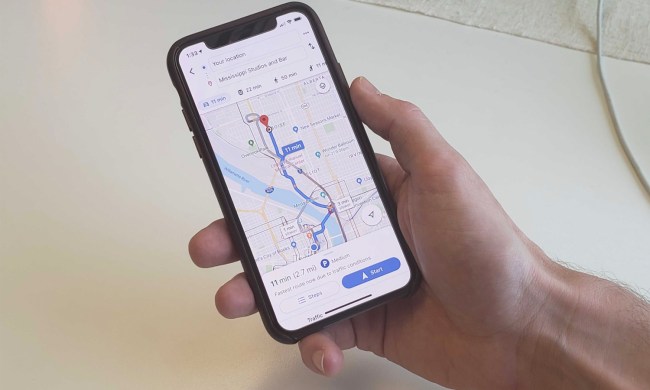
As it stands, you can already share your location in Google Maps. You need only click the dropdown menu in the left-hand corner of the app, and determine how long and whom you’d like to update as to where you are. But as one might imagine, it gets pretty alarming when a contact suddenly drops off the map when his or her phone battery dies. Google looks to be offering a fix for this by allowing location viewers to also check out remaining battery status, though it likely won’t be terribly specific.
Rather, Android Police suggests, the basic format will read something along the lines of, ” [Person]’s battery level is between 50 percent and 75 percent and is charging.” If Maps is unable to determine battery level, either because permissions haven’t been granted or information is outdated, it will read, “[Person’s] battery level is unknown.”
Additionally, Maps looks to soon be adding the ability to create shortcuts to commonly visited mass transit stations, so you can figure out the fastest route to your nearest bus or subway stop in the midst of a pouring rain. In fact, Maps looks to be doing a mass transit overhaul in its entirety — Android Police notes that there are a number of lines that appear to be brand new, and while it’s unclear exactly what will change, our fingers are crossed for an improvement.
As ever, don’t hold your breath for any of these updates. It often takes quite some time for these new features to roll out, and it’s always possible that the features won’t come to fruition at all if testing proves unsuccessful.


